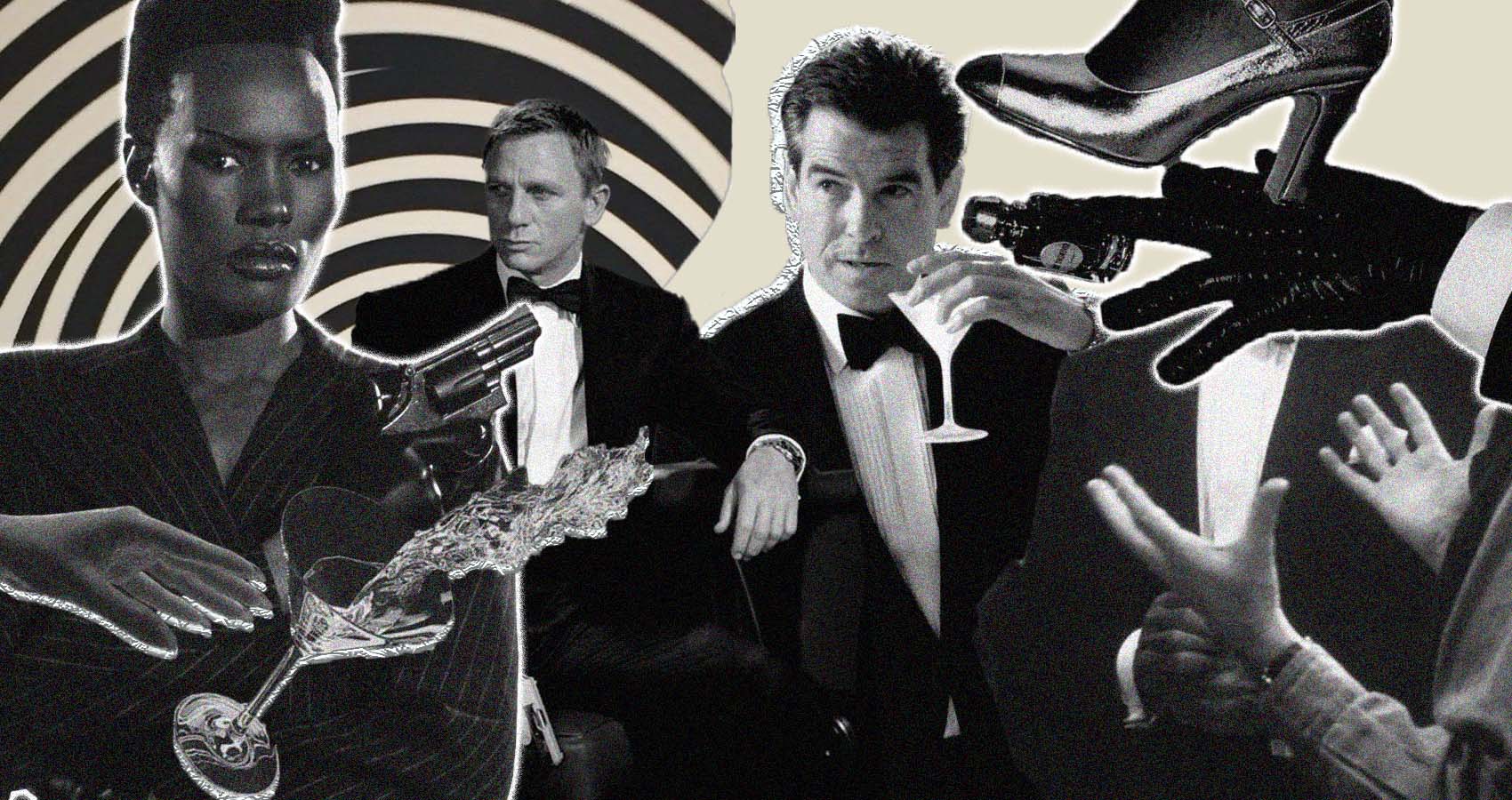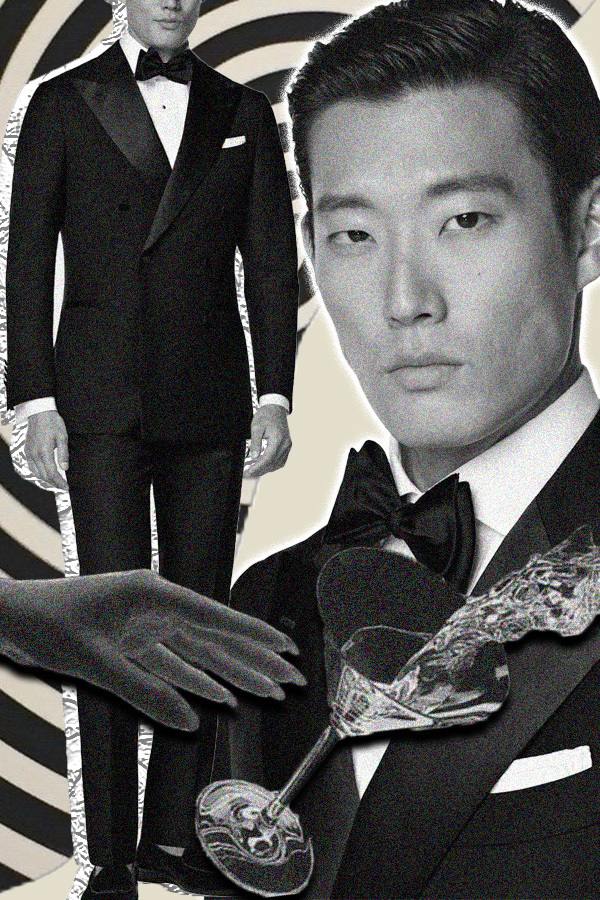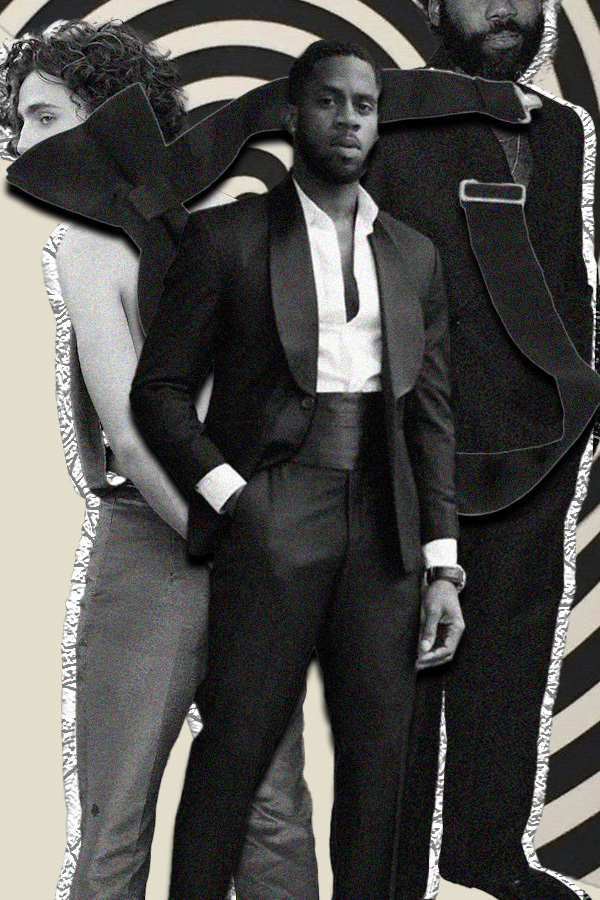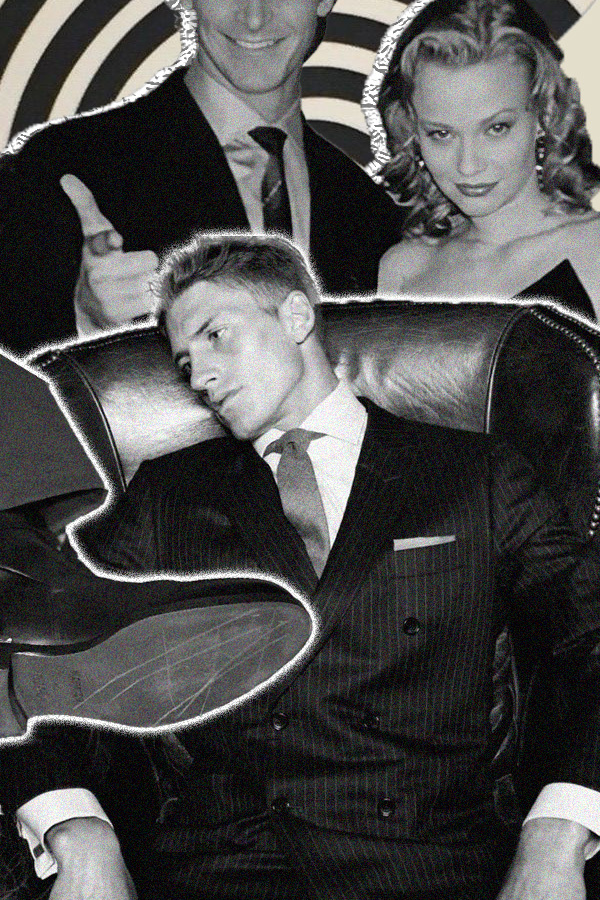
Tuxedos And The Art Of Looking Dangerous
A symbol of modern rebellion and sophisticated style.
The tuxedo is no longer a uniform for good behavior. It doesn't whisper tradition. It stalks, seduces, and dares you to look twice. On runways and back alleys, it's being worn like a weapon — unapologetic in its precision. Not everyone can pull it off. But maybe that's the point.
Tailored to Strike

The tuxedo is all geometry: clean angles, defined shoulders, and sharp lines. But the effect? Pure suggestion. It's restraint worn like confidence, every button fastened, every hem deliberate. And in that tension between structure and intent, something shifts.
You're not just wearing formality. You're bending it. Owning the space between rules and rebellion. That's why the tux endures, not because it's safe, but because it knows exactly when not to be. It's less about what the tux says... and more about what it makes others assume. We trust uniforms, but we fear mystery. The tux does both.
Black Tie, Unbothered

Tradition says black tie is a uniform. But rules are only useful when you know how to break them. Modern tuxedos play with contrast, satin lapels, unexpected textures, and bare chests under sharp jackets. The result? Precision with a pulse. Wearing black tie today isn't about following etiquette. It's about looking like you could if you wanted to — but chose not to. The bowtie might stay untied. The shirt might vanish entirely. The pocket square might say more than words.
This isn't rebellion. It's refinement with attitude. Black tie, unbothered, is all about knowing the code... and rewriting it in your favor. Think Timothée Chalamet in backless tailoring or Donald Glover in silk loafers with nothing underneath the jacket. No panic. No fuss. Just presence.
When Elegance Threatens the Room

A tuxedo sets the tone — but you deliver the message.
The impact doesn't come from the fabric. It comes from how you stand in it.
Posture, eye contact, and the quiet tension in your body language are what make elegance feel like a provocation. Shoulders back. Chin leveled. One hand in the pocket, the other holding still. That's presence. That's control. People notice it — even when they pretend not to.
We're wired to associate polished appearances with authority. But when that polish moves quietly — no fidgeting, no need to explain — it starts to unsettle. That's the power of the tux: not just to impress, but to unnerve, to command. One study found that leaders in formal clothes were seen as more charismatic and prototypical than those in casual attire — confirming that formality quietly commands authority. That signal resonates, especially in a room waiting to be led.
The most dangerous elegance isn't loud. It's poised.
It doesn't chase attention — it holds it hostage.
Want to turn it up? Forget perfection. Let something feel off on purpose.
Loosen the cuff. Skip the socks. Mismatch the metals.
Friction creates tension — and tension becomes allure.
Because real confidence doesn't follow the dress code.
It rewrites it.
Owning a tux is easy.
Owning the room in one?
That's the art.











